Why that logic
NaN means Not a Number. What is not a number? Anything. You can have anything in one side and anything in the other side, so nothing guarantees that both are equals. NaN is calculated with Double.longBitsToDouble(0x7ff8000000000000L) and as you can see in the documentation of longBitsToDouble:
If the argument is any value in the range 0x7ff0000000000001L through
0x7fffffffffffffffL or in the range 0xfff0000000000001L through
0xffffffffffffffffL, the result is a NaN.
Also, NaN is logically treated inside the API.
Documentation
/**
* A constant holding a Not-a-Number (NaN) value of type
* {@code double}. It is equivalent to the value returned by
* {@code Double.longBitsToDouble(0x7ff8000000000000L)}.
*/
public static final double NaN = 0.0d / 0.0;
By the way, NaN is tested as your code sample:
/**
* Returns {@code true} if the specified number is a
* Not-a-Number (NaN) value, {@code false} otherwise.
*
* @param v the value to be tested.
* @return {@code true} if the value of the argument is NaN;
* {@code false} otherwise.
*/
static public boolean isNaN(double v) {
return (v != v);
}
Solution
What you can do is use compare/compareTo:
Double.NaN is considered by this method to be equal to itself
and greater than all other double values (including
Double.POSITIVE_INFINITY).
Double.compare(Double.NaN, Double.NaN);
Double.NaN.compareTo(Double.NaN);
Or, equals:
If this and argument both represent Double.NaN, then
the equals method returns true, even though
Double.NaN==Double.NaN has the value false.
Double.NaN.equals(Double.NaN);
 where,
where,